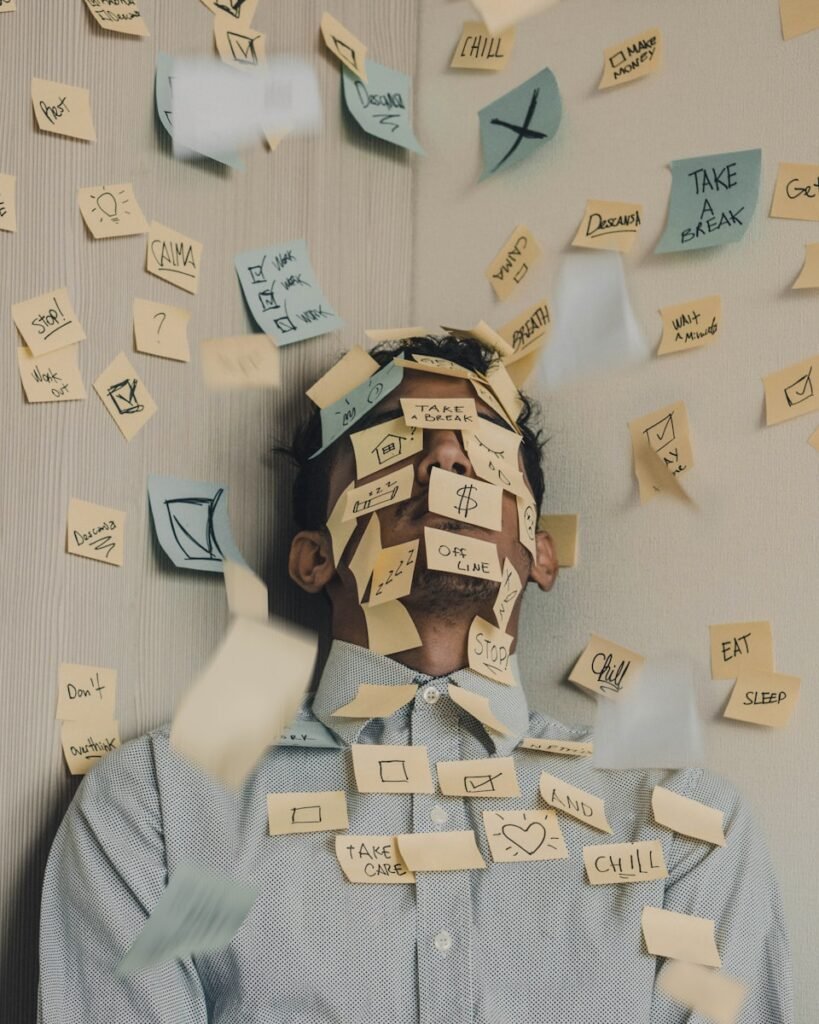In a world where students document their college rejections in tearful TikTok videos, where ADHD diagnoses have risen 42% in the past decade, and where teen burnout has been declared a public health crisis by the American Academy of Pediatrics, traditional SAT prep advice feels like suggesting a paper map to someone navigating a hurricane. The landscape has fundamentally changed—and so must our approach to standardized testing.
When #TestAnxiety Goes Viral
Remember when test anxiety meant worrying about your score? Today’s version comes supercharged with new dimensions:
“I got a 1530, but my friend got a 1560 and now I feel like a complete failure #satscores #ivyrejects”
Social media has transformed testing from a private academic challenge to a public performance. Students now face unprecedented comparison pressure with algorithmically-curated highlight reels of peers’ successes. Research from Stanford shows this digital comparison leads to a 42% increase in self-reported anxiety during test preparation.
Meanwhile, the aesthetics of studying have become almost as important as the studying itself. “Study with me” videos rack up millions of views, creating an expectation that effective preparation should look Instagram-worthy and feel effortless.
The result? Students spending precious cognitive resources performing studying rather than actually learning.

ADHD in a World Designed for Distraction
The night before her SAT, Mia wasn’t reviewing math formulas. Instead, she was scrolling through endless TikToks of students sobbing over scores, sharing “perfect study schedules,” and posting aesthetic desk setups with color-coded notes. By midnight, her heart was racing, and she’d absorbed exactly zero useful information.
This scene is playing out in bedrooms across America, representing a fundamental shift in how today’s students experience test preparation. The SAT hasn’t changed much—but the brains taking it certainly have.
When #TestAnxiety Goes Viral
Remember when test anxiety meant worrying about your score? Today’s version comes supercharged with new dimensions:
“I got a 1530, but my friend got a 1560 and now I feel like a complete failure #satscores #ivyrejects”
Social media has transformed testing from a private academic challenge to a public performance. Students now face unprecedented comparison pressure with algorithmically-curated highlight reels of peers’ successes. Research from Stanford shows this digital comparison leads to a 42% increase in self-reported anxiety during test preparation.
Meanwhile, the aesthetics of studying have become almost as important as the studying itself. “Study with me” videos rack up millions of views, creating an expectation that effective preparation should look Instagram-worthy and feel effortless.
The result? Students spending precious cognitive resources performing studying rather than actually learning.
ADHD in a World Designed for Distraction
“I’ve been ‘studying’ for three hours but have read the same paragraph seven times.”
This sentiment reflects more than just poor concentration. Clinical ADHD diagnoses have increased 31% since 2010, but virtually all students are experiencing what neurologists call “attention fragmentation”—a direct result of digital environments designed to capture and split our focus.
Research from Microsoft reveals the average teen attention span has decreased from 12 seconds to 8 seconds since the smartphone era began. Yet the SAT demands sustained focus for 65-minute stretches.
This mismatch creates a painful reality: traditional study methods assume neurological capabilities many students no longer possess. When a student with fragmented attention tries to implement conventional advice like “do 50 practice problems,” they often experience frustration and failure that reinforces anxiety rather than building mastery.
Burnout Before They Begin
erhaps most concerning is what educators are witnessing: students arriving at the test preparation process already depleted. A 2023 survey by the American Psychological Association found that 73% of high school students report symptoms of burnout, including:
- Emotional exhaustion
- Academic cynicism
- Decreased sense of accomplishment
- Physical symptoms like headaches and insomnia
When burnout precedes test preparation, the traditional “just work harder” approach becomes not just ineffective but actively harmful. It’s like telling someone with a sprained ankle to run faster—physically impossible and likely to worsen the injury.
The New Playbook: Test Prep That Works Now
If the landscape has fundamentally changed, so must our approach. Here’s what effective test preparation looks like in 2025:
1. Attention Training First, Content Second
The most successful programs now begin with deliberate attention training before diving into test content:
- The 5-Minute Focus Challenge: Students gradually build focus muscles by studying in distraction-free environments for incrementally longer periods
- Task Completion Celebrations: Documenting and celebrating small achievements to build momentum
- Single-Task Design: Structuring study sessions to eliminate multi-tasking, with phones physically removed from the environment
This approach acknowledges that attention itself is a prerequisite skill that many students need to rebuild.
2. Strategic Social Media Integration
Fighting social media entirely creates rebellion. Instead, effective approaches include:
- Designated Sharing Windows: Specific times when students can document their progress
- Algorithm Curation: Actively training social feeds to show motivational rather than anxiety-producing content
- Comparison Detox Periods: Scheduled breaks from academic content on social platforms before high-stakes testing
Students who implement these boundaries report 40% less comparison anxiety while maintaining social connection.
3. Physiological Regulation as Foundation
The most innovative programs now recognize that cognitive performance depends on physiological state:
- Pre-Study Regulation: Brief practices like box breathing or movement before attempting focused work
- The Recovery Ratio: 10 minutes of true recovery (no screens) for every 50 minutes of study
- Sleep Prioritization: Emphasizing that sleep quality predicts test performance better than extra study hours
These approaches directly target the autonomic nervous system, creating the physiological conditions necessary for learning and memory formation.
4. Micro-Progress Tracking
Traditional study plans often feel overwhelming. More effective approaches include:
- Visual Progress Tools: Physical representations of accomplishment (not just digital)
- Skill-Based Metrics: Tracking mastery of specific concepts rather than hours studied
- Celebration Triggers: Predetermined moments to acknowledge progress, combating the “never enough” mindset
Students using these systems report 35% higher completion rates for study plans and significantly reduced anxiety.
Moving Beyond “Just Try Harder”
The most important shift in modern test preparation isn’t about specific techniques—it’s about recognizing that today’s students face fundamentally different challenges than previous generations.
The students achieving the best outcomes aren’t necessarily those putting in the most hours—they’re those who have adapted to the neurological realities of learning in a digitally saturated, attention-fragmented environment.
This isn’t lowering standards. It’s acknowledging that excellence requires different pathways in different contexts. Just as we wouldn’t expect athletes to train using methods from 50 years ago, we shouldn’t expect today’s students to prepare effectively using approaches designed for a world that no longer exists.
The good news? When we adapt to these new realities, students not only perform better—they suffer less in the process.
Ready to transform your approach to standardized testing and the entire college application process? Check out our groundbreaking book, “How to Think Like a Philosopher to Get into University” This unique guide shows you how philosophical thinking can set you apart in standardized tests, essays, and interviews by developing the analytical skills top universities are desperately seeking.
For more insights like these, visit our blog, where we regularly share strategies that combine philosophical thinking with practical application techniques.

Leave a Reply